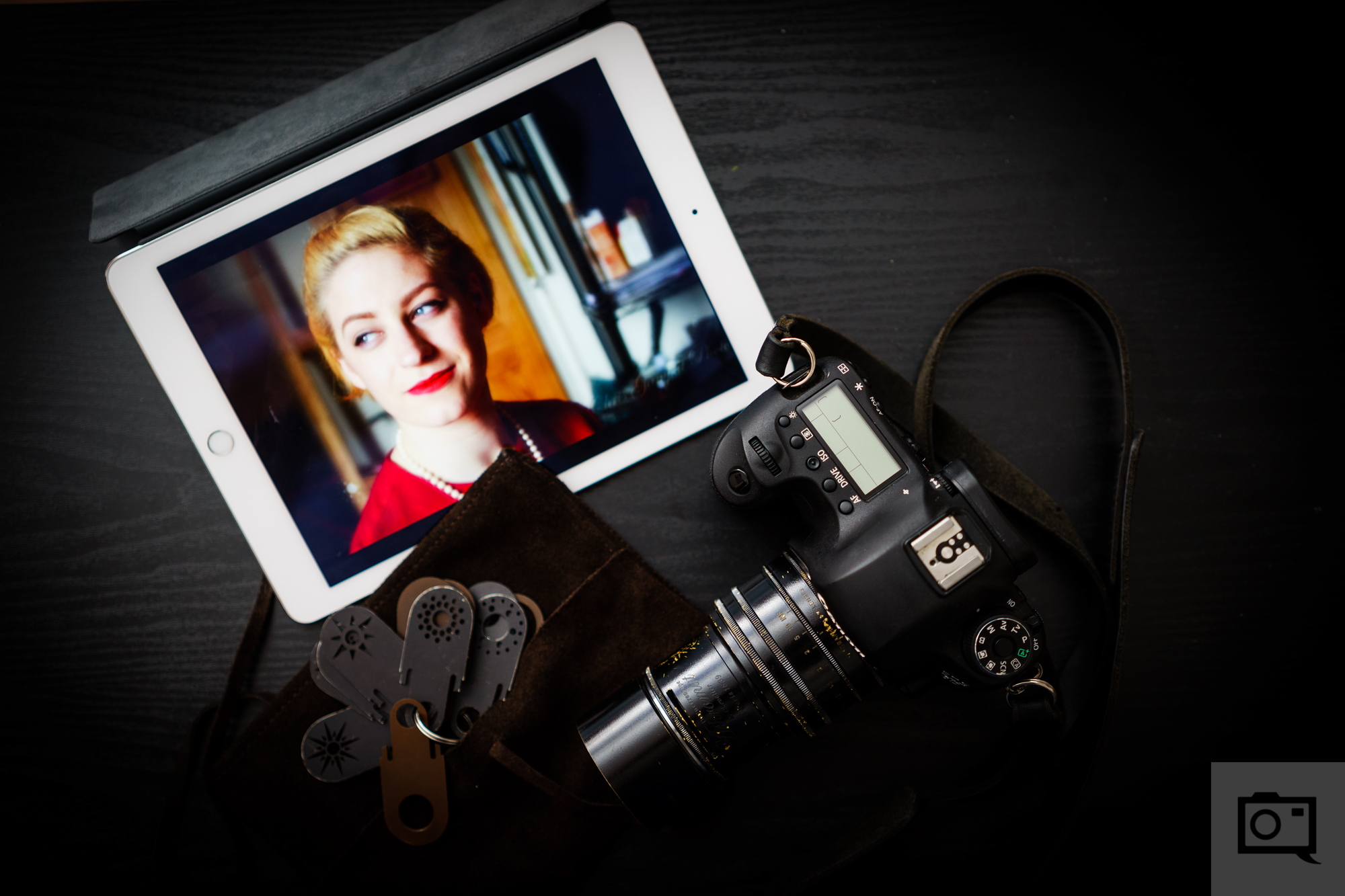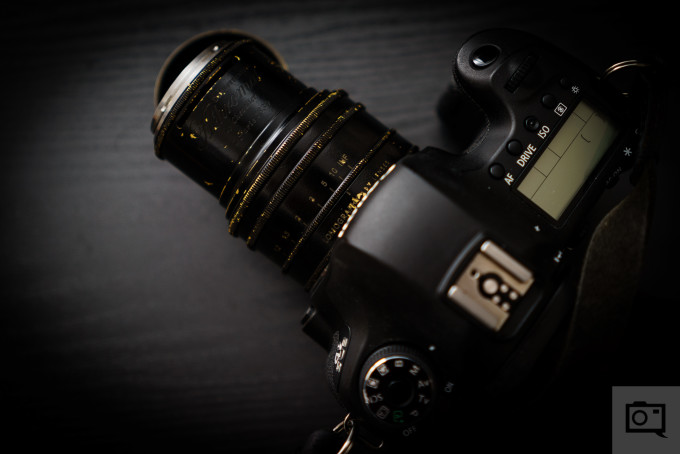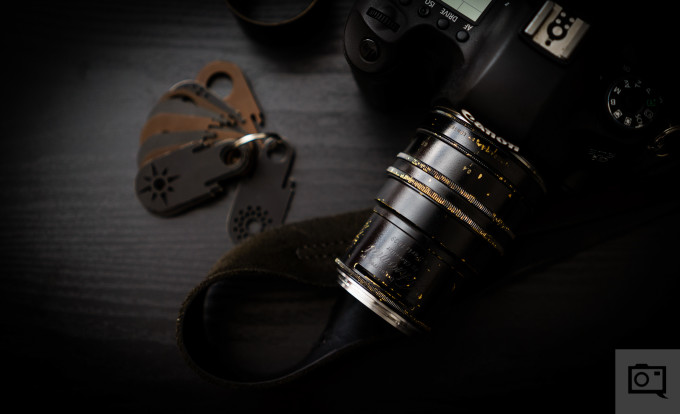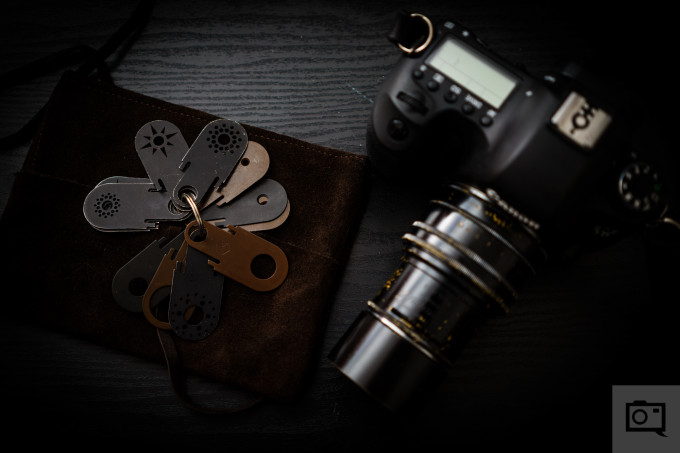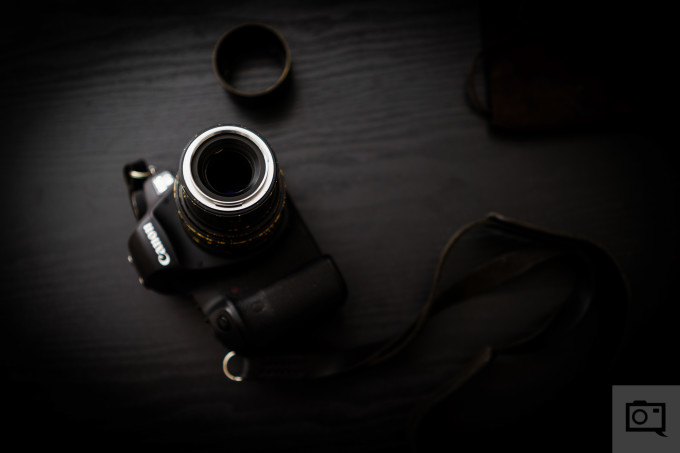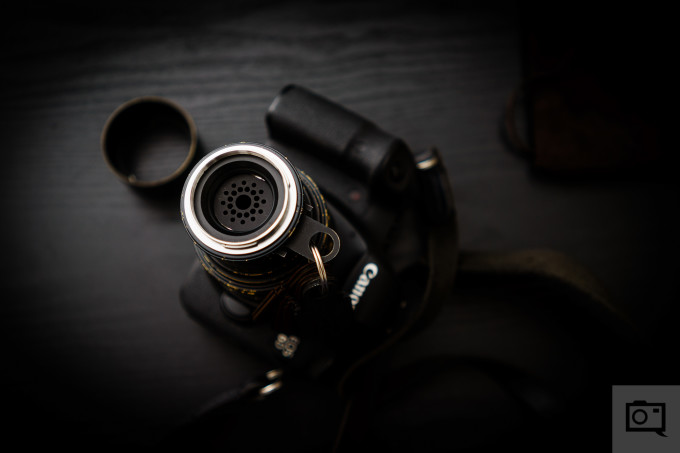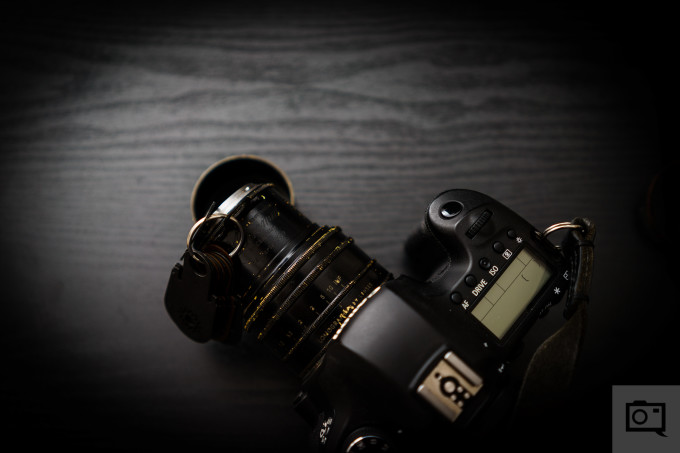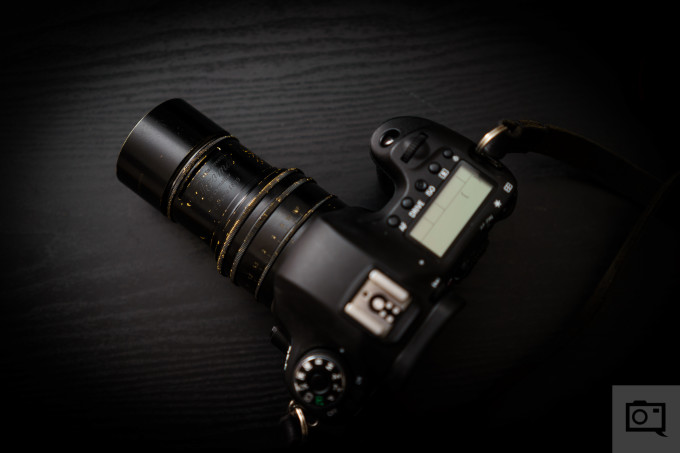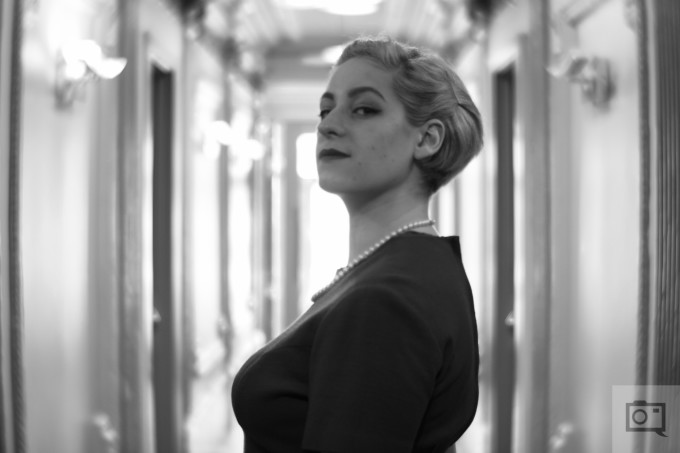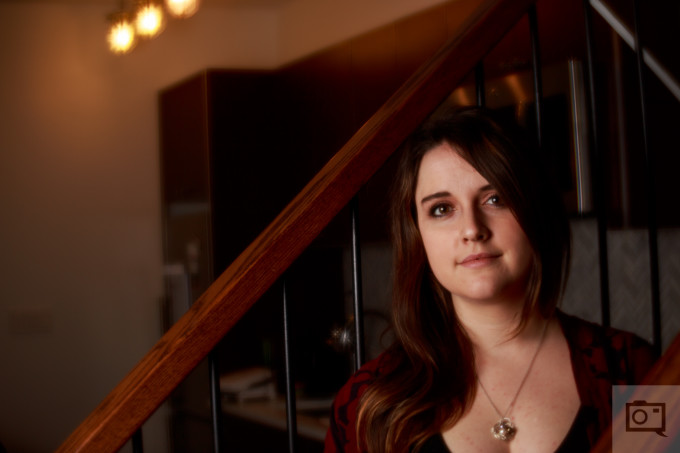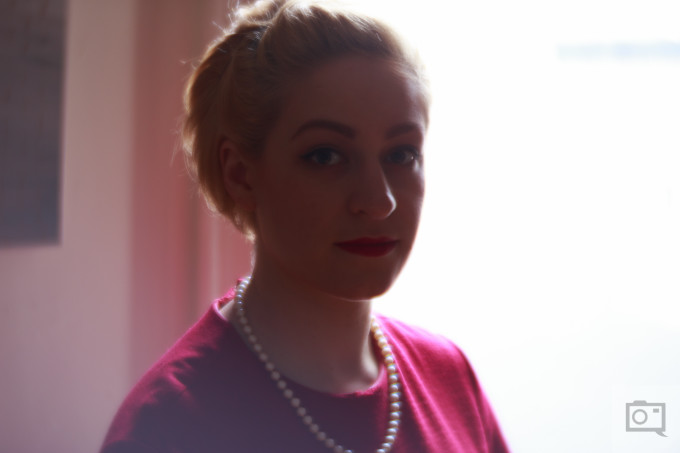Last Updated on 04/06/2016 by Chris Gampat
It’s not often that Lomography calls the press in before an announcement of theirs, but the new Lomography Daguerreotype Achromat 64mm f2.9 Art lens demands it. This is a first for Lomo: a lens designed on the daguerreotype methods vs the Petzval style. Like many of the company’s other lenses, this one isn’t about the sharpness, the pixel peeping, the MTF curve charts or any of that crap that doesn’t necessarily matter to the actual content of a photo. Instead, it’s about the look and the creative vision that you can create with it.
Call it hipster, go ahead: but that probably means that this lens isn’t for you. This is a lens for the majority of the photography world– those that care more about capturing and creating an incredible moment.
So what’s so cool about this lens? Besides the uber-retro look and feel, Lomography decided to take the Waterhouse aperture system even further. You’ll get lots of normal apertures and a ton of specially spaced ones that change the look of the bokeh accordingly. This is super cool for video shooters and for still shooters doing studio portrait work, you’re bound to have fun with manual studio strobes.
Today, the company’s Kickstarter for the Achromat lens launches. For the past week, I’ve been working with the lens.

Pros and Cons
Pros
- Super great colors
- Nice build quality
- Lots of various apertures that you can use and render different effects
- Canon EF and Nikon F mounts are probably the best choices that Lomo could have done
- 60mm is an interesting focal length choice that will appeal most to the APS-C crowd despite this lens having full frame coverage
Cons
- I’m kind of over the Waterhouse aperture system
- Hard as heck to focus
- Shooting wide open is pretty much like putting Vaseline on a pair of eyeglasses–which can work in black and white but not so much in color.
- Longest name in the history of lenses
Gear Used
The Achromat lens was tested with the Canon 6D and the Phottix Mitros + triggered by the Phottix Odin. An initial test was done with the Sony a7.
Tech Specs
Specs taken from the official Lomography listing
- Focal Length: 64mm
- Maximum Aperture: f/2.9
- Apertures: Waterhouse aperture stops, up to f/16
- Lens Mounting Profile: Canon EF and Nikon F*
- Closest Focusing Distance: 0.5m
- Focusing Mechanism: helicoid
- Image circle: 44mm
- Field of view: 37 degrees
- Filter Thread: 40.5mm
- Electronic Contacts: No
- Lens Construction: 2 elements in 1 group
*Compatible also with a large range of other cameras using adapter mounts
Ergonomics
The photos of the unit you see here are of the lens after it’s been really, really tested and put through its paces for a while. A slew of other photographers used it before I had my chance with it. This is a metal lens, so it can surely take some abuse.
The Achromat lens (which I’m going to keep calling it because it’s such a damned long name) has one major control: a focusing ring. Said ring is closer to the camera body and has marking for appropriate focusing distances.
The front of the lens is set aside specifically for one reason: the aperture system. To change the apertures on this lens, you’ll need to use the Waterhouse system–which involves the use of discs that you’ll swap out.
The cool thing that Lomography did with the Waterhouse aperture system with the Achromat lens has to do with their various shapes. You’ve got your full circle apertures in full stops but then you’ve also got a ton of random shapes. The full circles have clear designations as to what apertures they are, but the rest don’t. So you’ll essentially sit there guessing: which is part of the fun I honestly believe.
Adding onto the idea of the front of the lens being used for the apertures, this is what the front looks like without any apertures inside. It’s like any other standard lens without the hood attached (which is made of a tough metal.)
The image above illustrates what the lens looks like when an aperture disk is inserted. In a way, this also can protect the front element. It’s weird, but you learn to roll with it.
Build Quality
This is where I really need to hand it to Lomo: this lens is built like a tank. It’s got some heft to it, feels nice in the hand, has texture where it’s needed, and overall is just a beaut to experience in terms of its build. The focusing ring is very smooth and the only real complaint that I had is that sometimes the Waterhouse aperture system can feel as if it’s going to get stuck. With some jimmying, you don’t really have that problem.
I’m completely willing to believe that since I have one of the first units in the world currently on loan for testing that it’s an issue that should be fixed later on.
Ease of Use
A part of me chuckled when I got to this section. The Achromat lens isn’t really simple to use: even with focus peaking and an LCD screen. You’ll need to be very, very careful about the focus, specific placement of your subject, etc.
The image above was shot with no Waterhouse Aperture loaded into it on a Sony a7. I’ve never felt that Sony’s focus peaking system is the best with the full frame a7 series cameras, but if this were on an X Pro 2 or an a6300 then it would be a different story because more of a scene is in focus at a given aperture vs using a full frame 35mm sensor/film camera.
To change the aperture, you literally need to go through a keychain of them: which isn’t that terrible to be honest. It just means that you’re going to be doing very specific types of work with this lens and that you’ll be taking each shot with full intent rather than trying to shoot candids. Keep that in mind.
For what it’s worth, I really, really recommend using a tripod to ensure absolute stillness on your part.
Focusing
Focusing the Achromat lens is done manually by moving the focusing ring back and forth. It’s simple enough in real life use, but I honestly think that Lomo should have gone with a bellows system. It would have made the ease of use simpler as well as the focusing of the lens.
With the more narrow apertures, you’ll start to see the viewfinder of a DSLR become darker accordingly.
Image Quality
Lomography hasn’t made a very conventional lens here, and so it honestly shouldn’t be treated as one. What you’re bound to appreciate is mostly everything about it; but you’re not going to be thinking about it in the same way that you do with other modern lenses. For the loads of us out there that love vintage lenses, you’ll know that it isn’t going to sharp wide open and you’ll need to stop down quite a bit to get a significant improvement.
At the same time, you’ll appreciate the bokeh and all of its possible effects.
What the modern lens lovers will really like though is the color rendition: which portrait shooters will most appreciate.
Bokeh
The bokeh from the Achromat lens is a mix of many things. It’s very creamy and hazy at the same time to look like an impressionist painting if you put a piece of glass over it and smeared oil or vaseline on top of said glass. It’s really the best way for me to describe it.
Then there’s the various apertures involves. Lomography uses the circular and more conventional ones but they also use some pretty funky shapes too. Honestly, I’m amazed that heart shapes, evergreen trees or that cat heads weren’t added in.
With one of the more stopped down apertures, you get the tradeoff of sharpness but lose the real effects of the shapes bokeh. If you look closely, you can kind of see it.
Sharpness
As spoken about in an earlier section, without an aperture plugged in you’re going to get lots of softness. The same applies to even being slightly stopped down. Indeed, you’ll still get the nice bokeh effect but sacrifice sharpness and have a tough time focusing.
Stop the lens down though and you get a bit of a better result with sharpness. You really start to see an improvement at f8.
Again though, I’m not really sure that this lens was designed for absolute sharpness.
Color Rendition
The color rendition from this lens is rather excellent. What I really enjoy is how it renders skin colors and overall color even when a flash is used.
Color Fringing
Thankfully, I didn’t really find any sort of purple fringing with this lens despite the fact that it’s quite contrasty compared to many other lenses with a vintage design.
Conclusions
I really like what Lomography has done with this lens in some ways. Yet in other ways, I prefer their Petzval lenses. For me, it’s a bit too soft wide open and can therefore make focusing tough to do. I also believe that it will do best on APS-C and Four Thirds sensor cameras. Essentially what you’re going to need to do is figure out if you want the tradeoff of softness for the cool bokeh or if you want sharpness overall.
To be honest though, this isn’t the lens that you want to use for sharpness. There are many better options out there. To that end, this lens is designed for very special applications and may be best for video shooters or those that create cinemagraphs. But for the still photo shooters amongst us, it’s honestly not that bad if you rely on your post-production or at least know how to effectively make an image better via Lightroom.
I’m very torn here. The Achromat lens has a great build quality, has a decent focus implementation that could have been done better unless you’re shooting on a tripod, and overall offers a combination of good bokeh and color rendition. When I put it that way, it’s a fantastic lens. The problem that many may have with it is the sharpness–unless you use a flash to get specular highlights or stop down. And for those of you that don’t care about absolute sharpness, know that your images are still going to be rather soft no matter what.
The Lomography Daguerreotype Achromat 2.9/64 Art Lens receives four out of five stars. It’s extremely soft wide open, and if you’re not okay with that, then don’t buy this lens unless you’re confident in your editing abilities.


